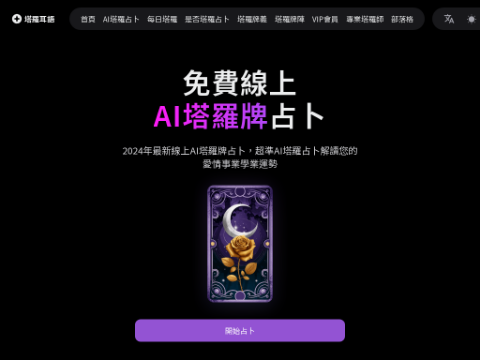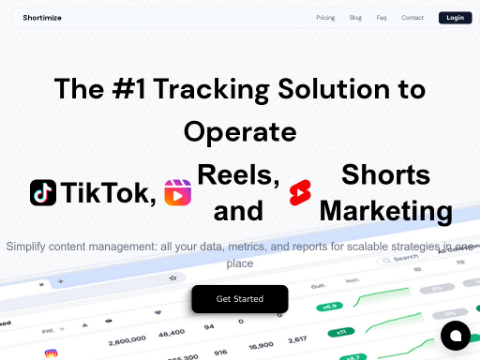At KubeCon + CloudNativeCon 2024 in North America, Red Hat unveiled several enhancements to its OpenShift Kubernetes platform, highlighting significant advancements in AI integration, edge computing, and security features. Key updates to the OpenShift platform include:
Firstly, Red Hat officially released OpenShift version 4.17. This latest iteration of Red Hat's Kubernetes distribution is designed to accelerate innovation within hybrid cloud environments while maintaining security and compliance standards. The main enhancements include:
- · Improved virtualization management through OpenShift Virtualization, offering secure memory overcommitment and dynamic workload rebalancing capabilities.
- · Enhanced security features, such as local network isolation for namespaces and confidential computing authentication operators, ensuring system protection.
- · Advanced Kubernetes management functionalities that facilitate effortless management of virtual machines across multiple clusters.
In the realm of AI integration, Red Hat also made significant strides, announcing several new initiatives:
- · OpenShift Lightspeed: This AI-powered OpenShift virtual assistant is currently in technical preview and is designed to aid in tasks such as application troubleshooting and cluster resource research. Initial evaluations have demonstrated Lightspeed's unique value as a genuinely useful AI assistant.
- · OpenShift AI 2.15: Scheduled for release later this month, the new version introduces a model registry for managing AI models, data drift detection to maintain model reliability, and integration with Nvidia's NIM microservices to streamline the deployment process of large language models.
- · AI-supported application development templates: The Red Hat Developer Center now offers five new templates tailored for common AI use cases, covering areas such as audio transcription, chatbots, and object detection.
To further enhance its AI backend development capabilities, Red Hat announced the acquisition of Neural Magic, a leading company focused on generative AI inference workloads.
Of course, the advancement of AI relies on robust hardware support. Therefore, Red Hat announced the expansion of support for Nvidia hardware, including the introduction of Red Hat Device Edge technology preview on the Nvidia Jetson Orin and Nvidia IGX Orin platforms.
In the field of edge computing, Red Hat launched Device Edge version 4.17. This update focuses on improving the performance of low-latency and AI edge workloads, aiming to modernize critical workloads at remote and distributed locations and supporting application scenarios with latency requirements below 1 millisecond.
Joe Fernandez, Vice President and General Manager of Red Hat's AI business division, stated, “We have made significant improvements in scalability, performance, and operational efficiency… This enables IT organizations to fully leverage the benefits of a powerful AI platform while maintaining their ability to build, deploy, and operate according to their unique business needs.”
It is noteworthy that Red Hat is not alone. At KubeCon + CloudNativeCon, new Kubernetes software updates are emerging rapidly, but Red Hat continues to lead the cloud-native product space with its impressive pace of enhancements.








